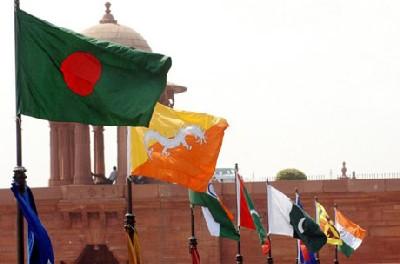
"Building Bridges" was the theme of the recently concluded South Asian Association for Regional Cooperation, or Saarc, summit in Addu (Maldives).
The leaders agreed to give this shape by deciding to conclude a motor vehicles agreement and a rail network agreement and complete work on an India Ocean ferry and cargo service before the next summit in 2012.
If the record of earlier summits is anything to go by, these modest agreements – in the pipeline for several years – are unlikely to see the light of day within the ambitious time frame.
Saarc declarations during the past decade have repeatedly asserted that regional economic integration in South Asia will not become a reality in the absence of a modern transport and communication network spanning and serving all member countries.
...
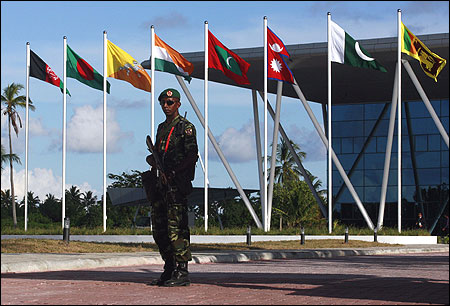
The hardware of such a network needs to be accompanied by the software of quick and efficient cross-border services for both goods as well as people.
The best cross- border highway will be of no avail if there are long delays, indeed harassment, when people and products move across national frontiers.
It was reported that Nepali citizens going from Colombo to Kathmandu prefer to travel through Qatar rather than through Indian airports - not owing to lack of connectivity, but because transit through an Indian airport is not always a pleasant experience.
Not many people remember that 2010-2020 was declared a "Decade of Intra-Regional Connectivity" at the 15th Saarc summit in 2008.
...
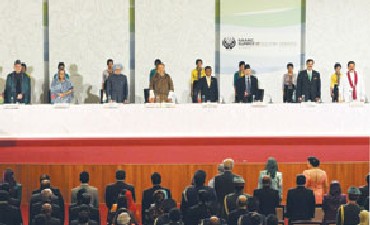
An ambitious Saarc Regional Multimodal Transport Study was undertaken in 2004-05 under the direction of the leaders.
Its recommendations for creating rail, road and waterway corridors across the region were endorsed at subsequent summits.
A motor vehicles agreement and a railways agreement have also been on the Saarc agenda for several years.
Regretfully, building bridges has so far been a paper exercise and will remain so unless India changes its mindset and takes the lead.
One reason why regional connectivity fails to materialise is that each member country, including India, treats transit through its own territory as political leverage or a bargaining chip to be used against its neighbour.
...
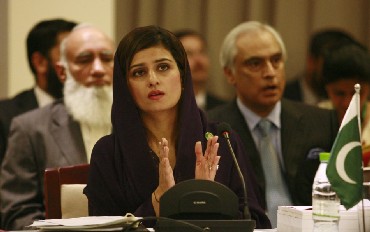
Pakistan will not permit India access through its territory to Afghanistan; Bangladesh is averse to allowing transit to India for access to the north-east and even Nepal is reluctant to give India transit to China, though it is covered in the Indo-Nepal treaty on trade and transit.
Each believes this is a potent bargaining counter against India. However, the largest transit country in South Asia is India and its approach is no better.
It, too, suffers from the "transit is power" syndrome. It will not allow transit to Pakistan or Bangladesh for facilitating Pakistan-Bangladesh trade. It allows Nepal to use only the congested road and rail corridor to Kolkata.
Each country believes that this leverage through access denied is a potent political weapon.
Unless this mindset changes, repeated summit declarations exhorting connectivity will keep orbiting in the realm of pious declarations and only limited progress on a bilateral basis will be possible.
...

As the largest and key transit country in the region, which shares a border with most of the Saarc countries, many of which do not share a border with each other, India could be the key to unlocking genuine regional integration.
It could unilaterally offer its neighbours the use of its road and rail networks and its several ports for their trade with other Saarc countries as well as with third countries. This would unleash a completely new political dynamic.
India's leverage would be in the form of offering the most cost-effective, quick and convenient transport and communication services to its neighbours and not by denying access.
...

Consider the following:
A container takes 35 days to move from New Delhi to Dhaka since the nearest maritime route is via Mumbai and Singapore/Colombo to Chittagong and then by rail to Dhaka. It would take less than five days if there was a direct Delhi-Dhaka rail cargo service.
A container from Dhaka to Lahore would need to traverse only 2,300 km by rail across India. Currently, it takes the much longer route, by rail and sea, the 7,100-km-long Dhaka-Chittagong -Karachi-Lahore route.
If India were to declare that it would accord national treatment to all to-and-fro cargo from Saarc countries – they could choose the route, the mode and the port they wish to use – think of what impact this would make, especially since economic logic is overwhelmingly in favour of such cost-effective transportation.
Given India's size and the comparatively small volume of foreign trade of all our neighbours put together, the load on India's transport infrastructure would be minimal, while the benefits would be enormous.
...

As for security concerns, these can be addressed by using modern technology such as bar-coding of containers, hologram seals, using fixed scanners at major border crossings, installing computerised customs and immigration processes at border points and, above all, training our personnel to be polite, courteous and helpful.
I will reiterate a proposal that has been doing the rounds for several years: convert most existing border trade points into regular trade points at the border.
We should permit regular MFN (most favoured nation) trade through these points levying normal duties irrespective of where the goods are coming from, or where goods from our side are eventually destined for.
...

Currently, at most such points we have the fiction of border trade in a restricted list of so-called local commodities to be exchanged in limited quantities.
The reality is that huge volumes of regular trade take place through these points but as contraband, corrupting local officialdom, criminalising trade and resulting in revenue loss to the government.
Does this make sense? While we resist overground economic integration, underground economic integration appears to be flourishing!
...
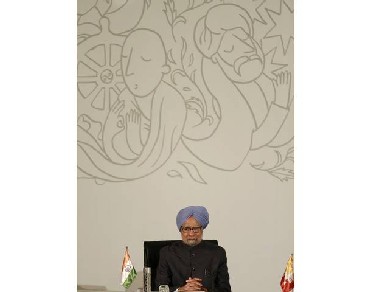
One last word. India's prime minister has often spoken eloquently about his vision of South Asia where there is a free flow of goods, people and ideas across borders.
Thanks to the Headley affair, the movement of South Asian friends into India has become increasingly difficult and problematic.
This highly restrictive visa regime is doing India's credibility greater damage than the crumbling infrastructure on our borders.
Building bridges must begin with the people who will traverse them. Otherwise, we risk building bridges to nowhere.
The author is a former Foreign Secretary. He is currently Chairman, RIS, and Senior Fellow at CPR.